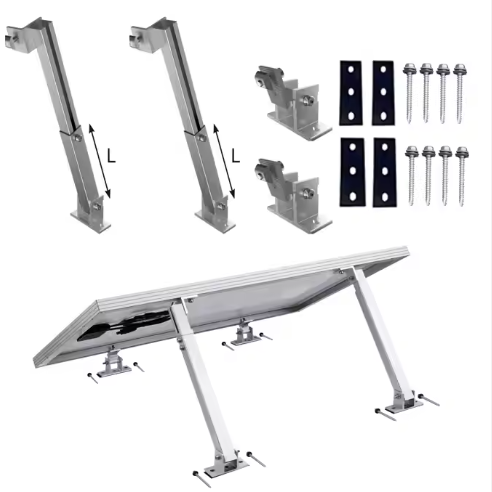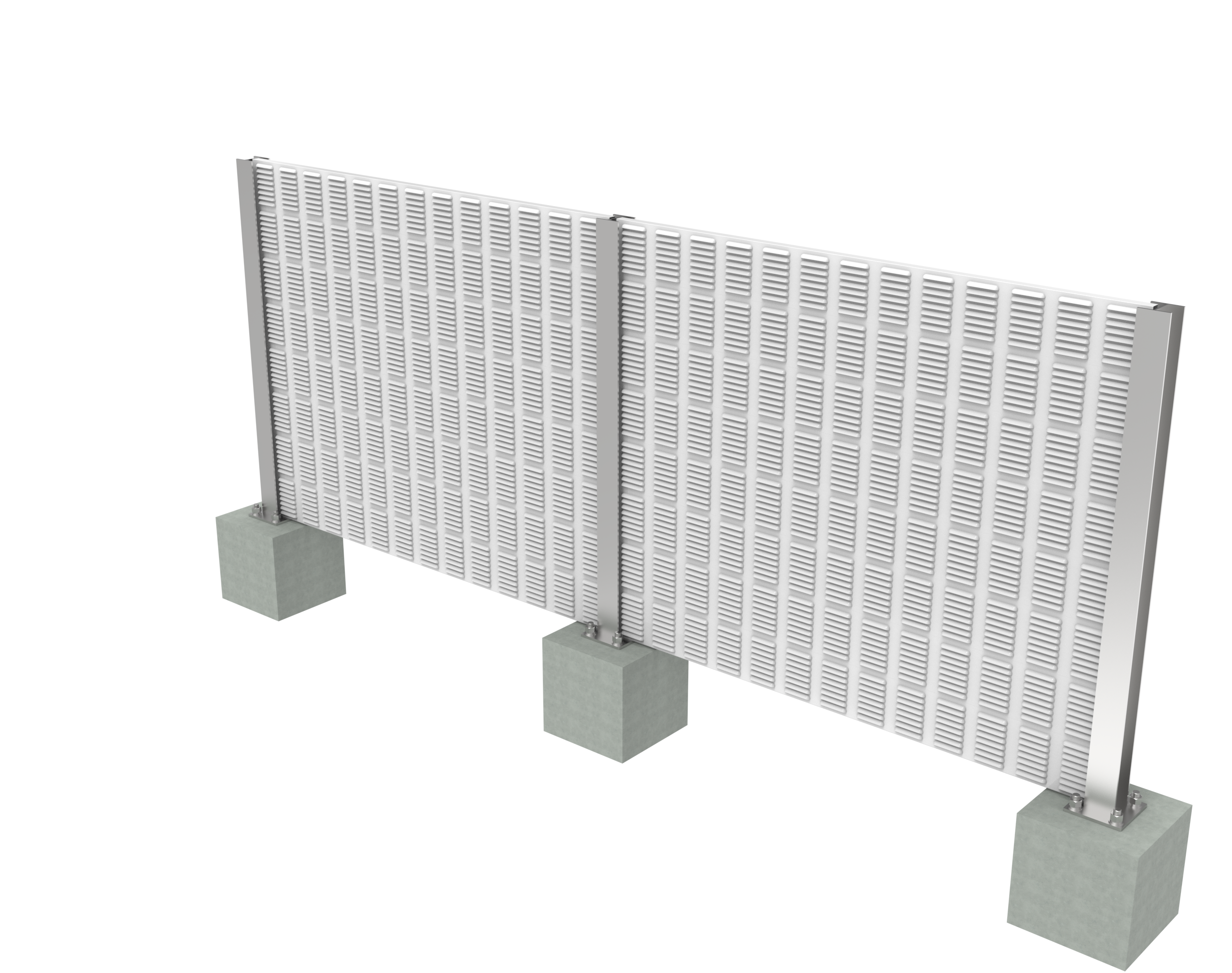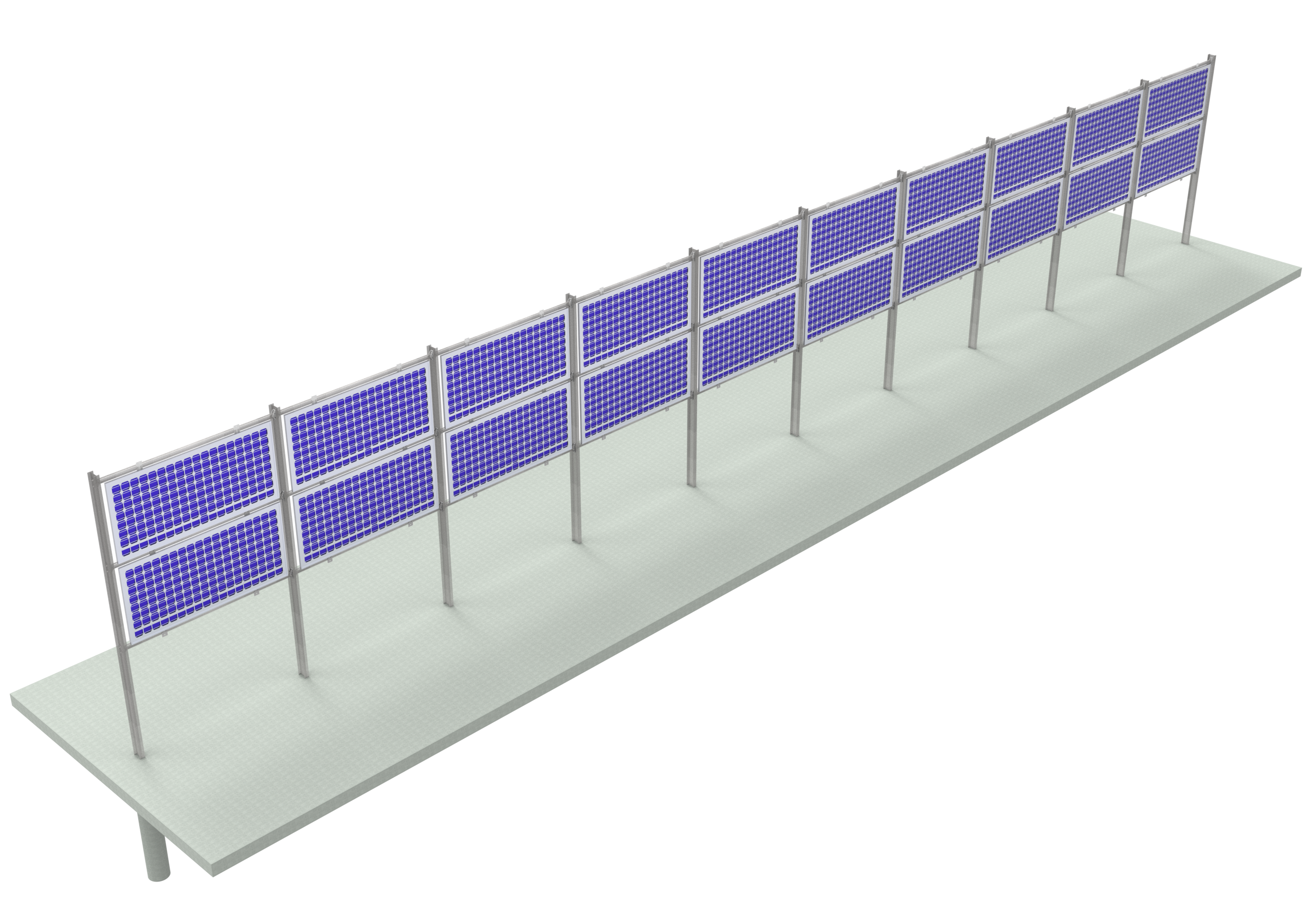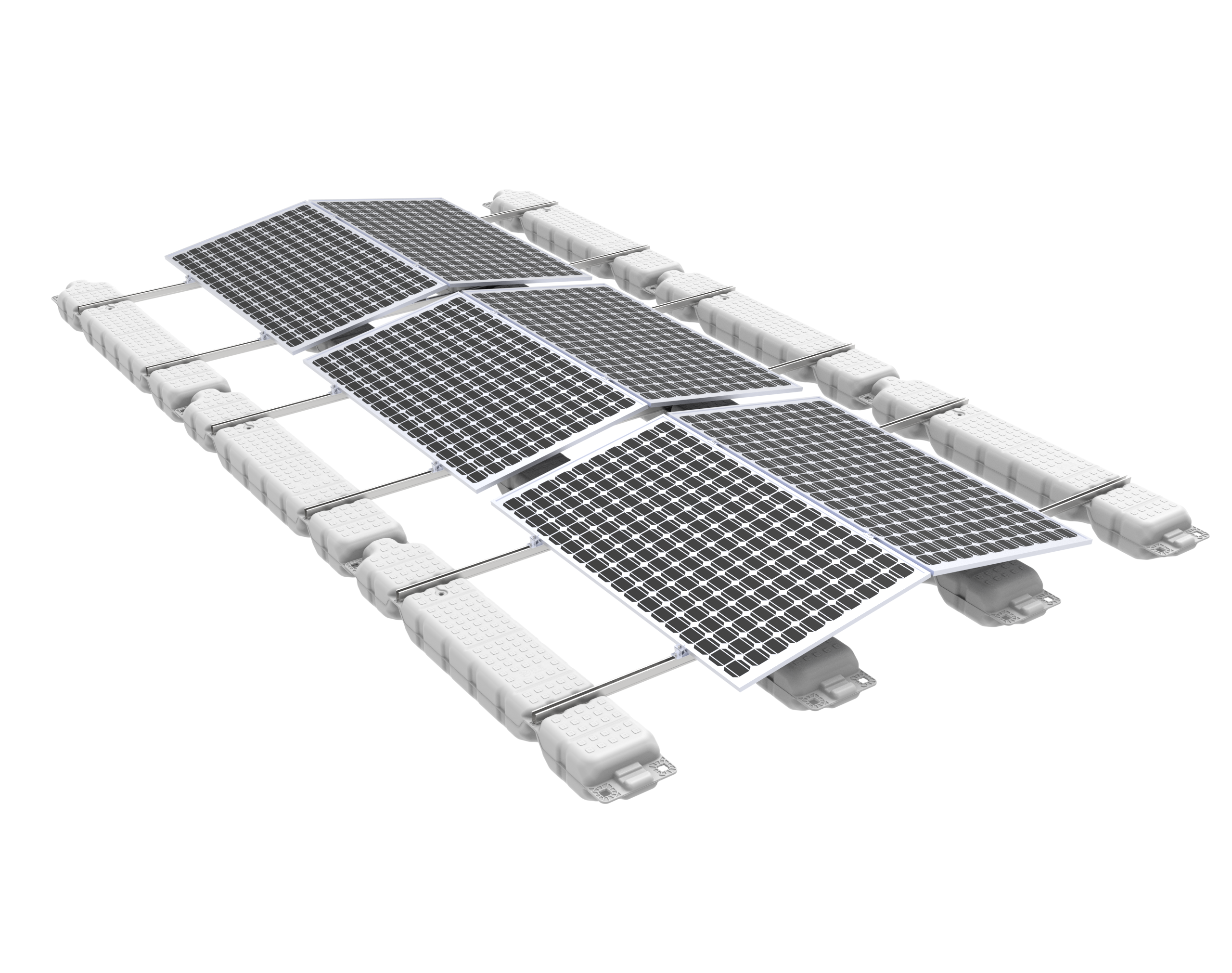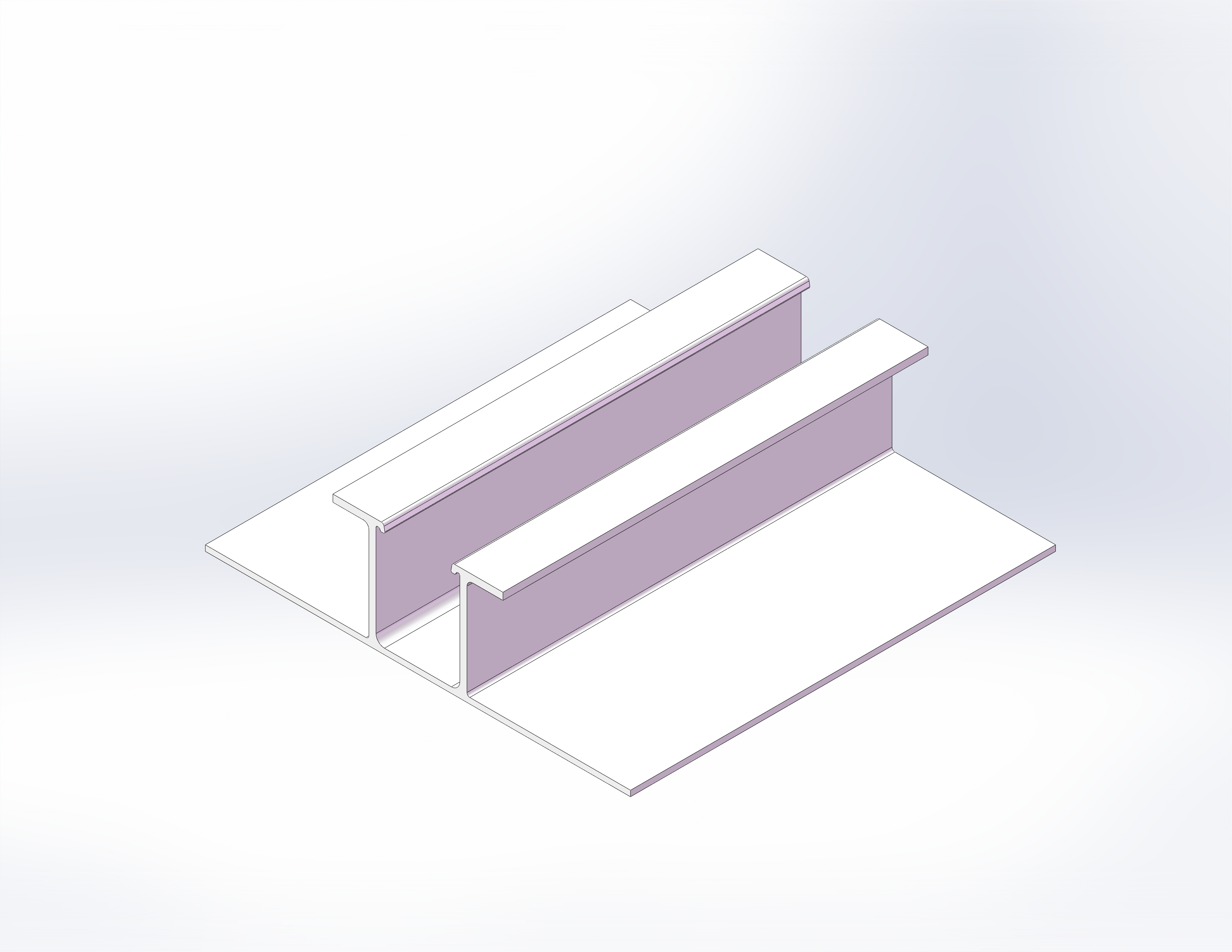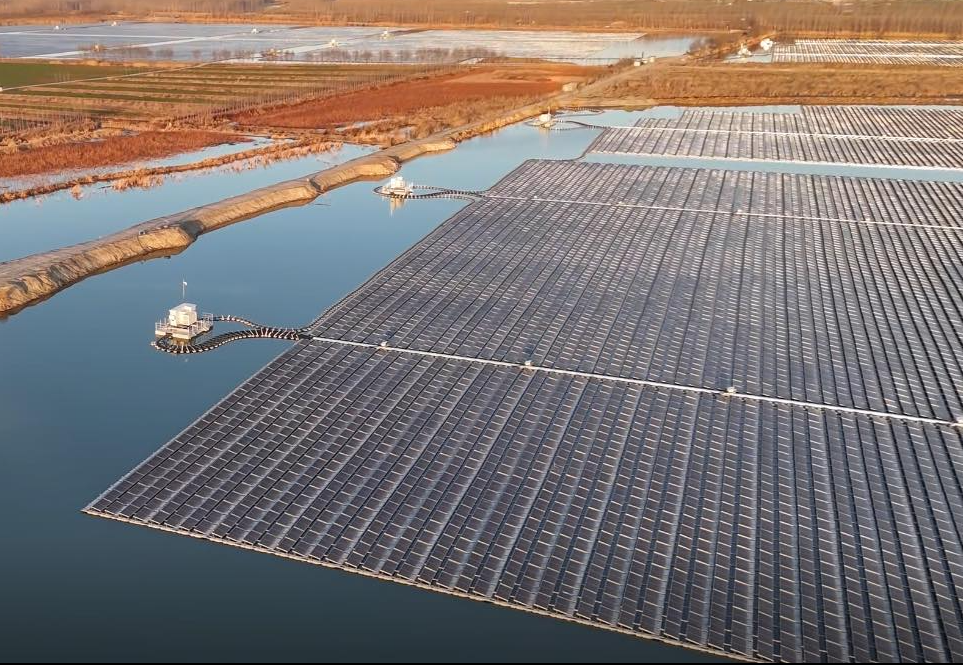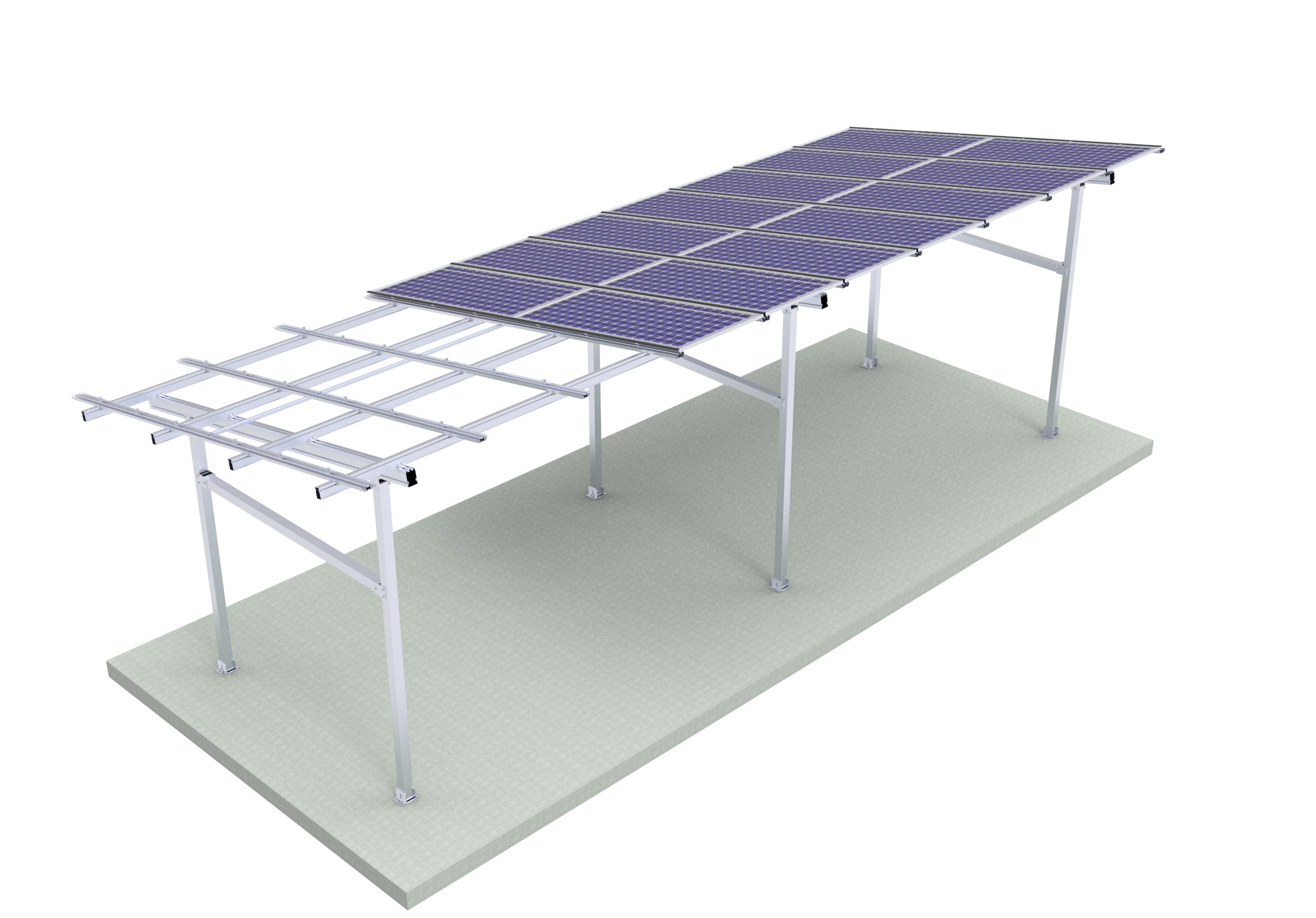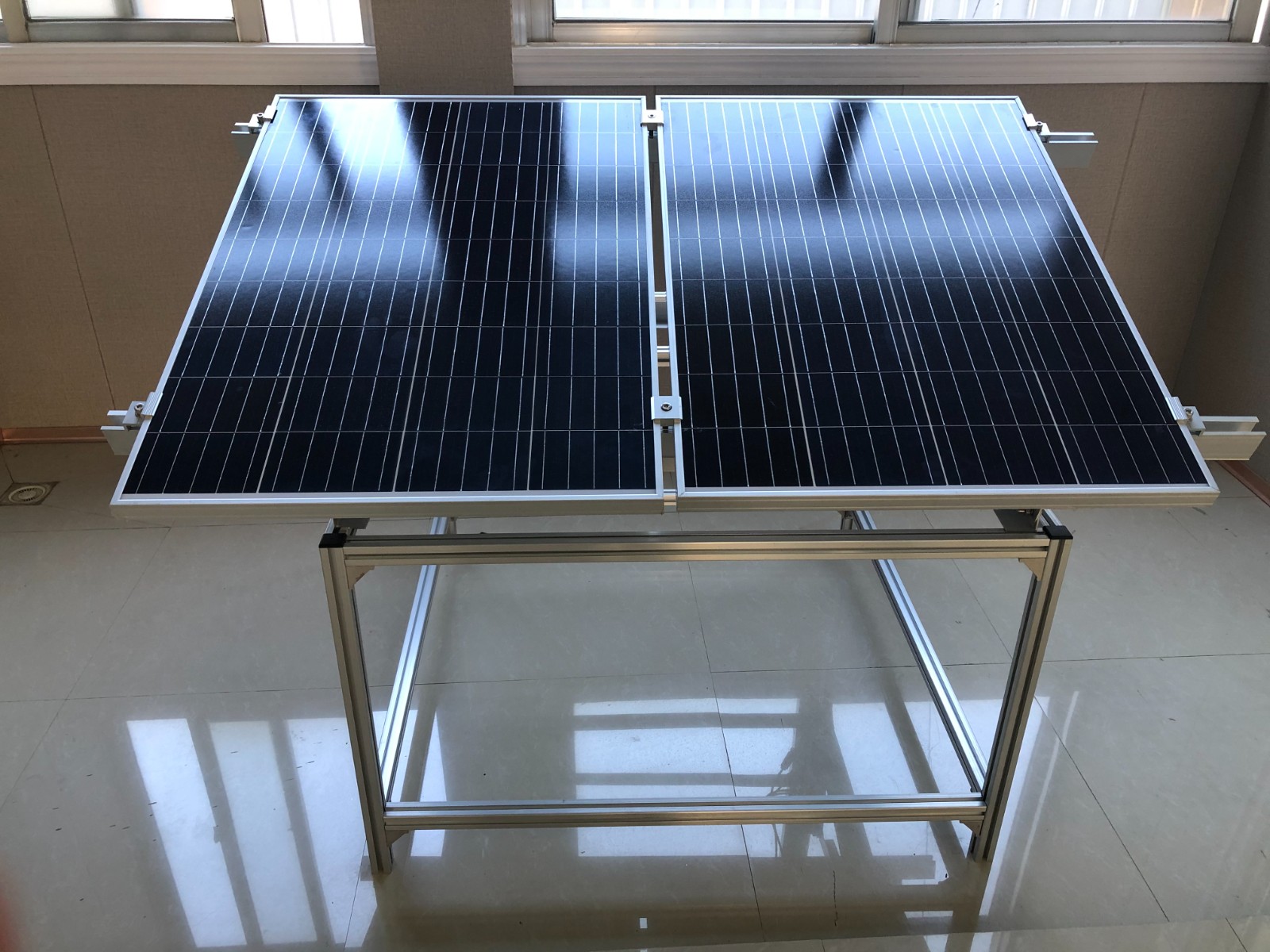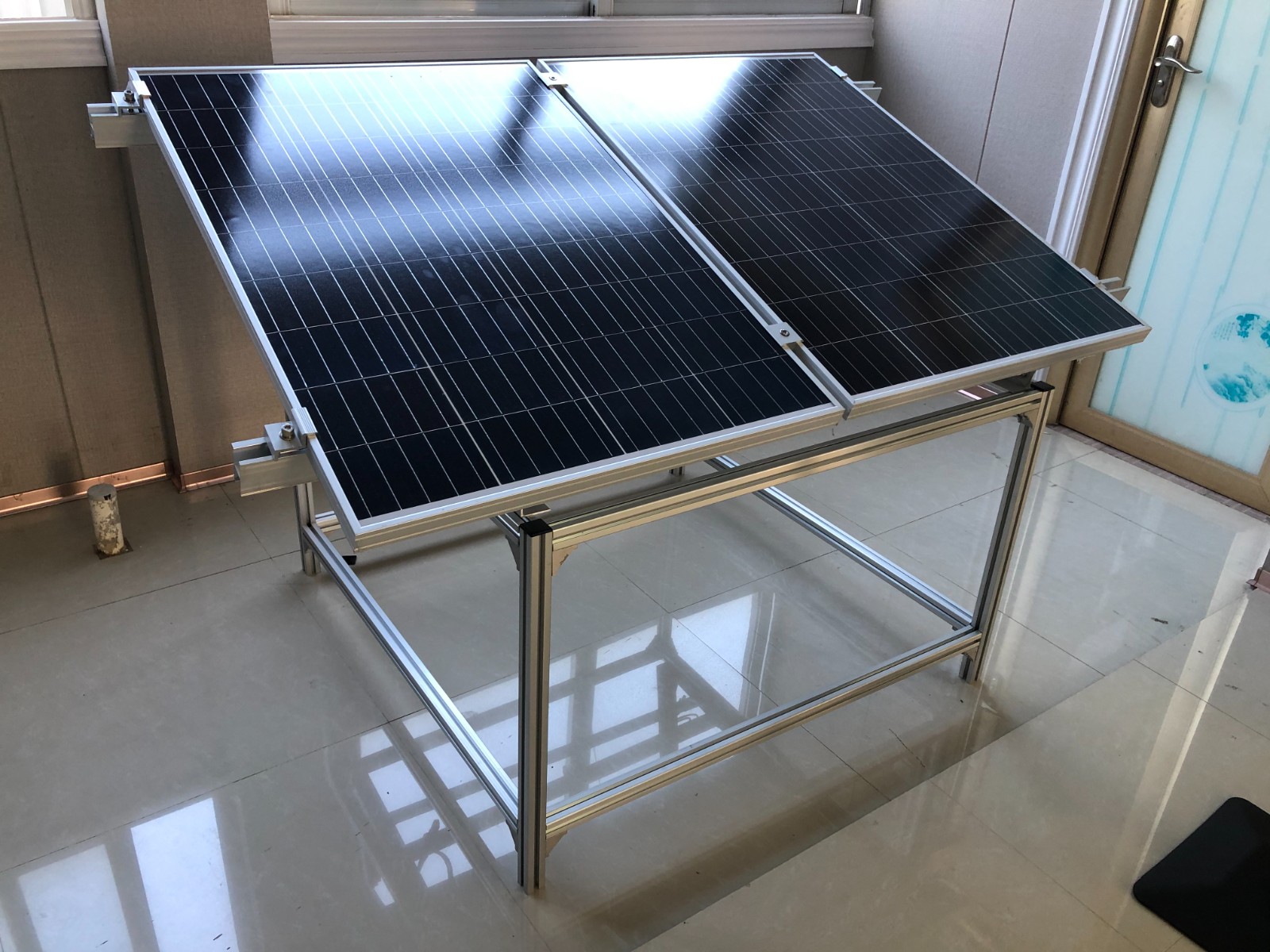Triangle rack solar mounting systems are widely used for flat roofs, open fields, and ground installations where a fixed tilt angle is required to optimize solar panel performance. Their triangular design provides strong structural stability while keeping installation relatively simple and cost-effective. Here are the key details:
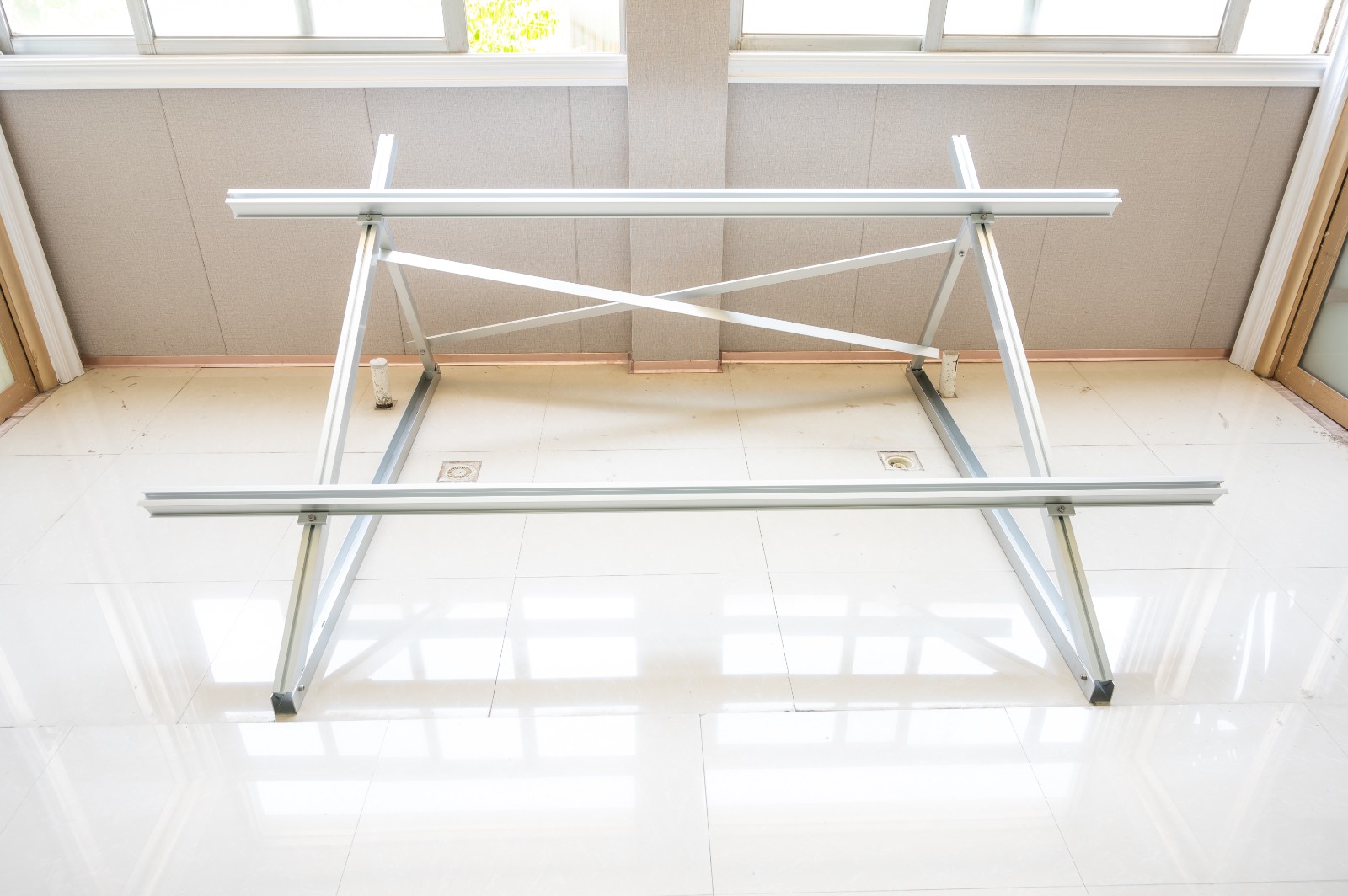
1. Structure and Design
The triangular frame consists of aluminum or galvanized steel profiles connected to form a rigid A-frame structure.
Designed to hold solar panels at a specific tilt angle (commonly 10°–35° depending on project location and sun path).
Can be prefabricated for quick assembly on-site, reducing labor costs.
2. Materials
Aluminum alloy (6005-T5 or similar): Lightweight, corrosion-resistant, ideal for rooftops.
Galvanized steel (Q235B, ZAM coating): Stronger, used for larger installations or high wind/snow load areas.
Stainless steel fasteners ensure long-term durability.
3. Applications
Flat Roofs: Ballasted triangle racks avoid roof penetration and use concrete blocks or counterweights.
Ground Mounts: Can be anchored with concrete foundations or ground screws.
Industrial/Commercial Buildings: Provides maximum panel exposure on flat concrete roofs.
4. Installation Advantages
Flexible Tilt Options: Adjustable or fixed tilt designs available.
Pre-assembled Components: Speeds up installation, reduces errors.
Lightweight Yet Strong: Minimizes load on roofs while withstanding wind and snow pressures.
Compatibility: Works with most framed and frameless PV modules.
5. Performance Benefits
Optimized tilt angle improves energy generation efficiency.
Proper aerodynamics help reduce wind uplift pressure.
Allows easy maintenance access between panel rows.
6. Customization
Can be single-row or double-row mounted.
Adjustable tilt versions allow seasonal optimization.
Designed to fit different roof layouts and module sizes.
👉 In short, triangle rack solar mounting systems are one of the most reliable and cost-efficient choices for flat roof and ground solar projects. Their simplicity, durability, and adjustability make them popular in both residential and commercial PV installations.

